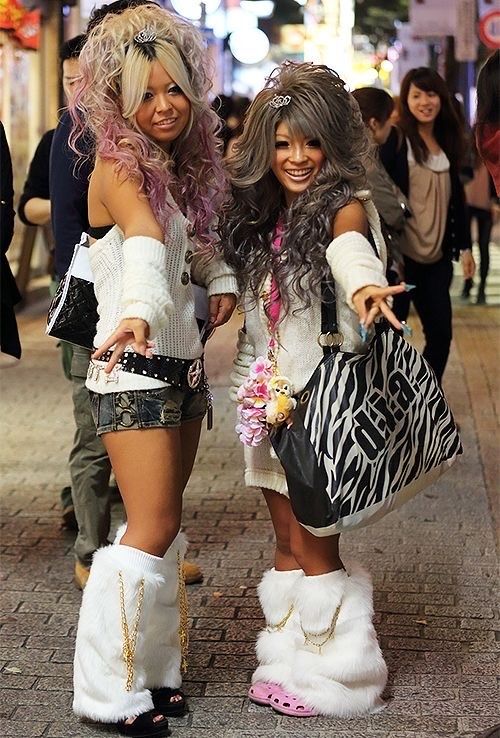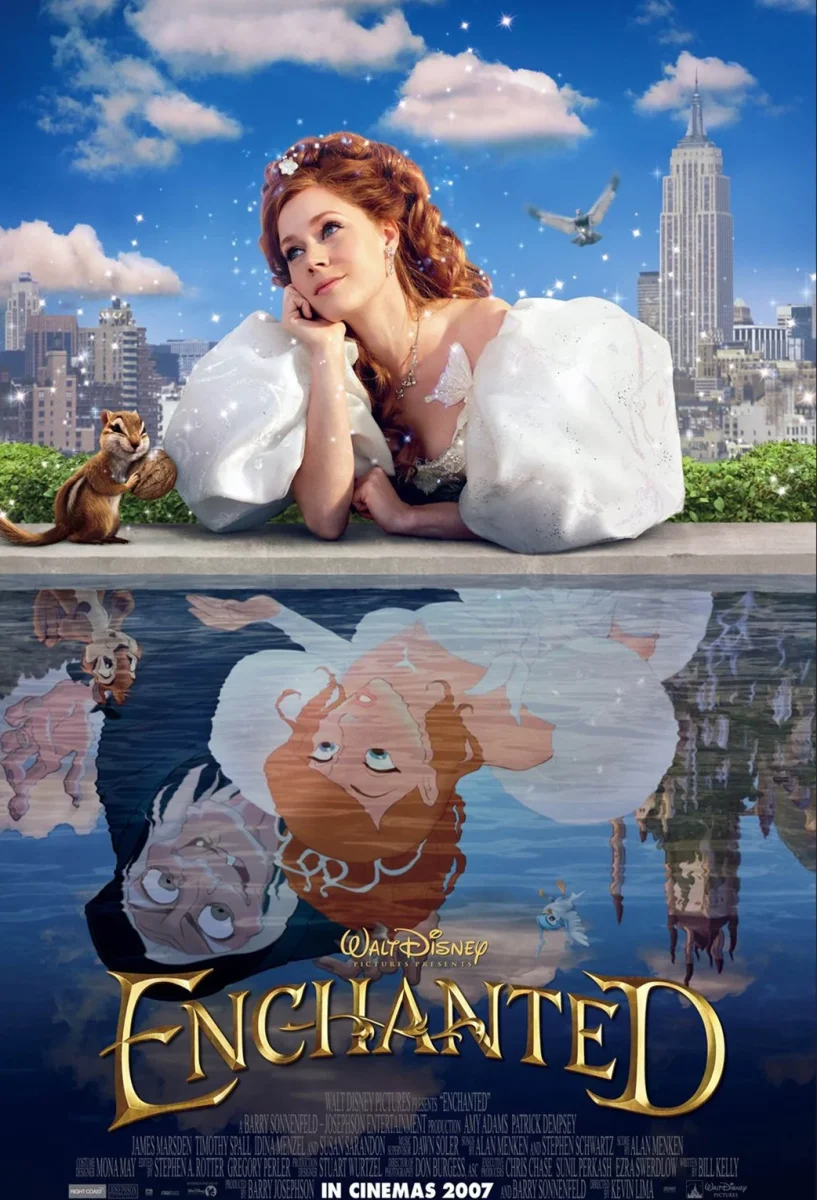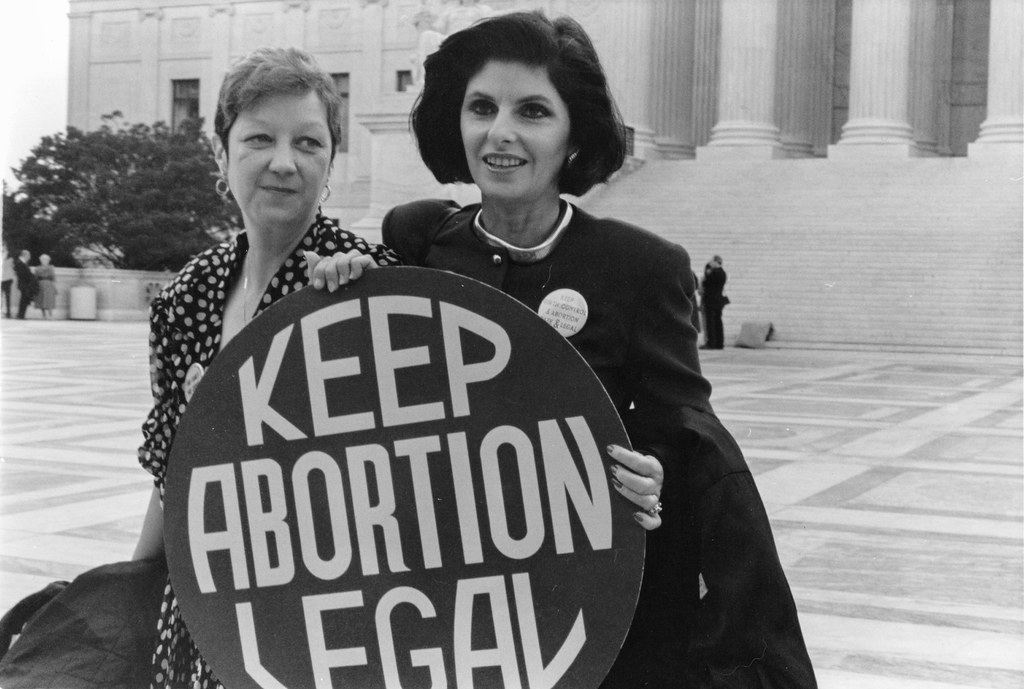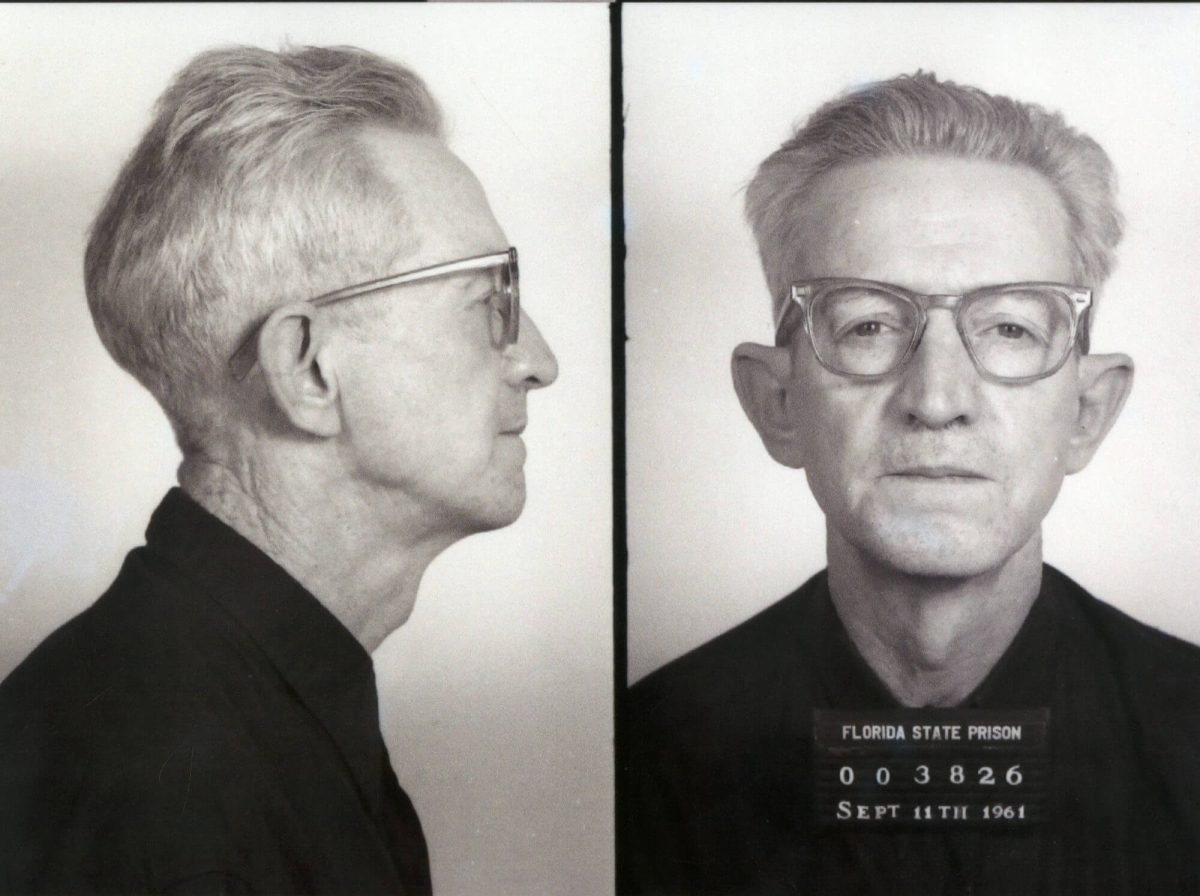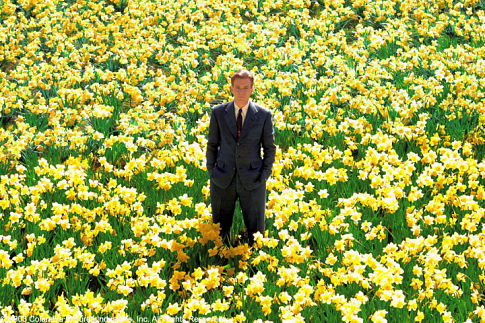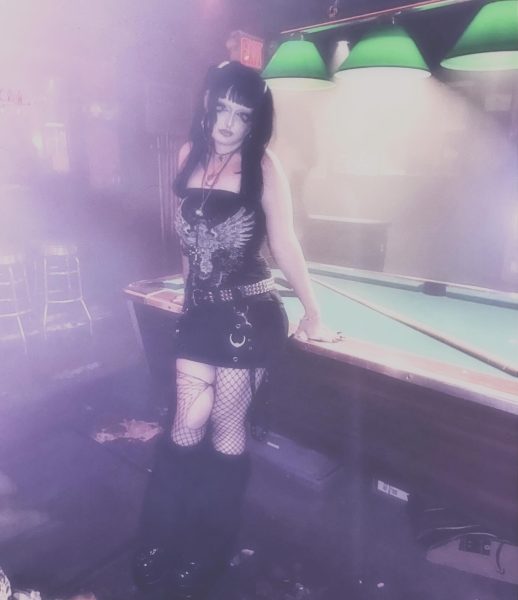Around the world for centuries, fashion has been a form of expression; not only as a form of self expression, but cultural, societal, political and artistic expression as well. In this weekly column we’re going to delve into the intricate history behind current trends. Trends on social media today stem from subgenres of cultural fashion originating around the world throughout time. Globally, there’s thousands of subgroups influencing the very world we live in. From music to politics, we wear what we think represents us as a person. Our likes, interests and beliefs.
As a passionate history buff and fashion lover, I love to explore my favorite fashion trends, and would also like to hear from you! If you have any requests or ideas for fashion subcultures you’d like to see written about please send me an email at [email protected]! Today, we’ll explore Gyaru.
In the late 1990s and early 2000s, a new trend in Japan began to emerge, called ギャル, or Gyaru directly translating to “Gal.” In the context of Japanese culture and fashion, the “gal” style is a characterization of Western, mainly American, fashion trends. Gyaru is usually paired with overly tan skin, big blonde hair, and dramatic eye makeup. These groups of girls began forming in the 1970s and were considered rebellious by their Japanese peers. They dyed their normally uniform hair and adopted carefree attitudes. The Gyaru style began to evolve into subcultures like Gothic Gyaru, Hime-Gyaru, Yamanba, Rokku and more. The typical Gyaru is adorned with signature blonde hair, dramatic makeup, and an outfit inspired by the Mcbling and Y2K era of fashion. With bright colors and loud sounds, the Gyaru fashion movement also inspired music and dance. The “Para Para” is a synchronized hand dance involving intricate hand movements and gestures performed to electronic music. This is usually accompanied by J-pop Gyaru songs that have a high sound and fast beat.
Gyaru fashion is gaining traction in Western countries and is definitely a fun subculture to explore. You can find Gyaru clothing shops online. Some platforms include Tokyo Otaku Mode, WEGO and YesStyle. As for the music, I feel that “Cho-Very Good Lucky Day” by Black Diamond, “Para Para Wink” by Wink and “Yahman Hard Bass” by Yahman represent the Gyaru subculture best. Next week, we’re going to cover the Punk movement of the 1980s and 90s!

